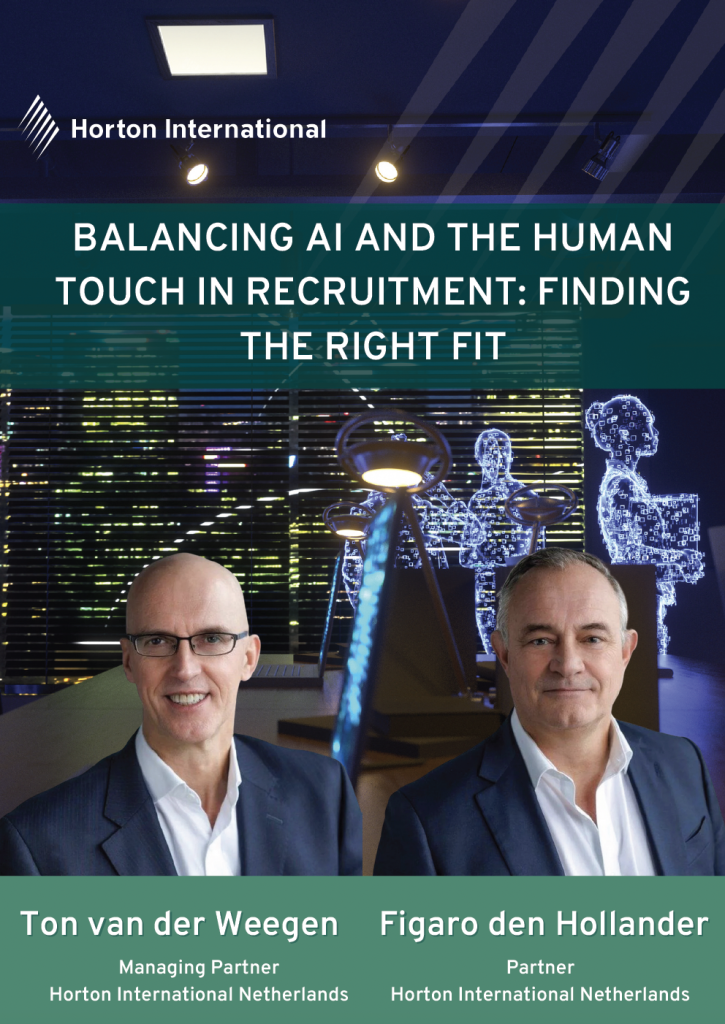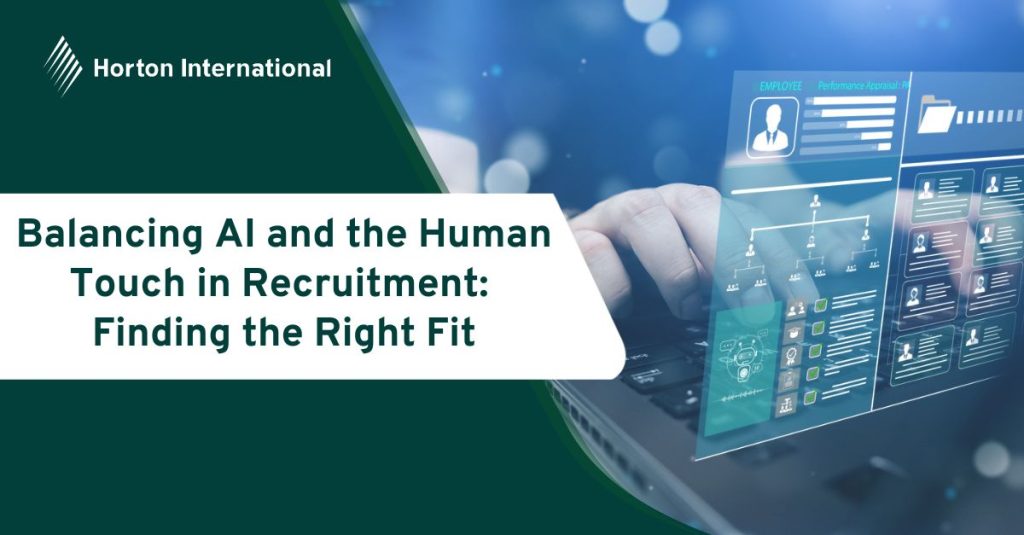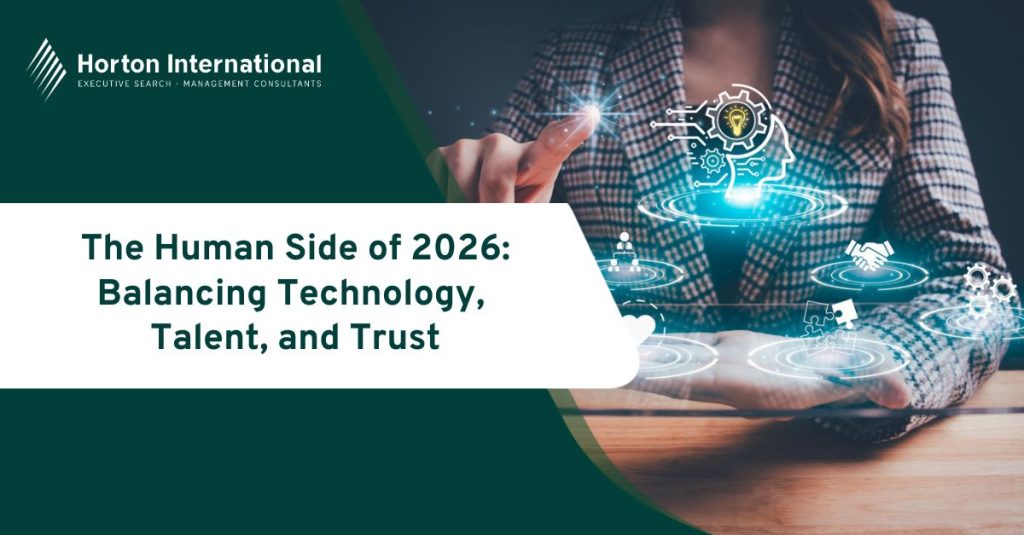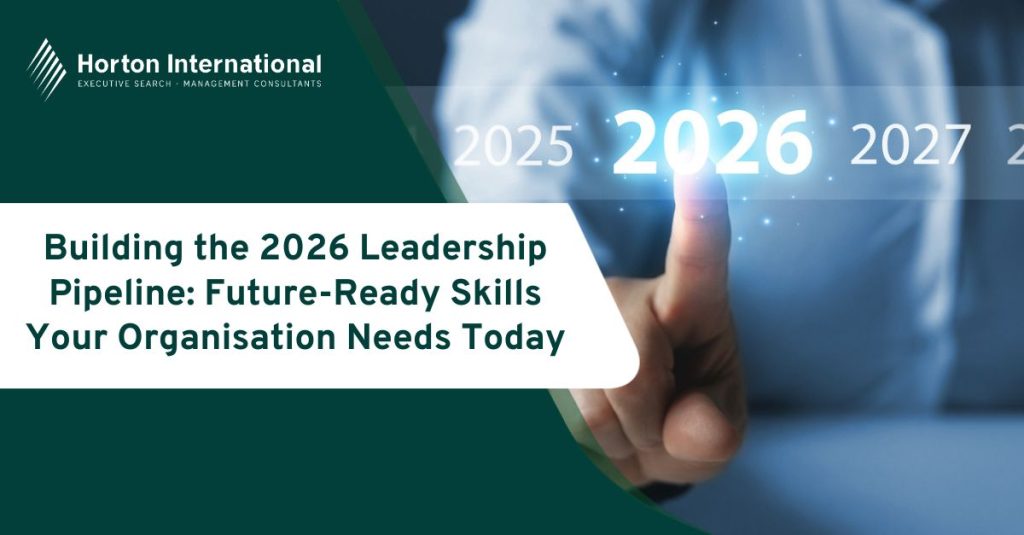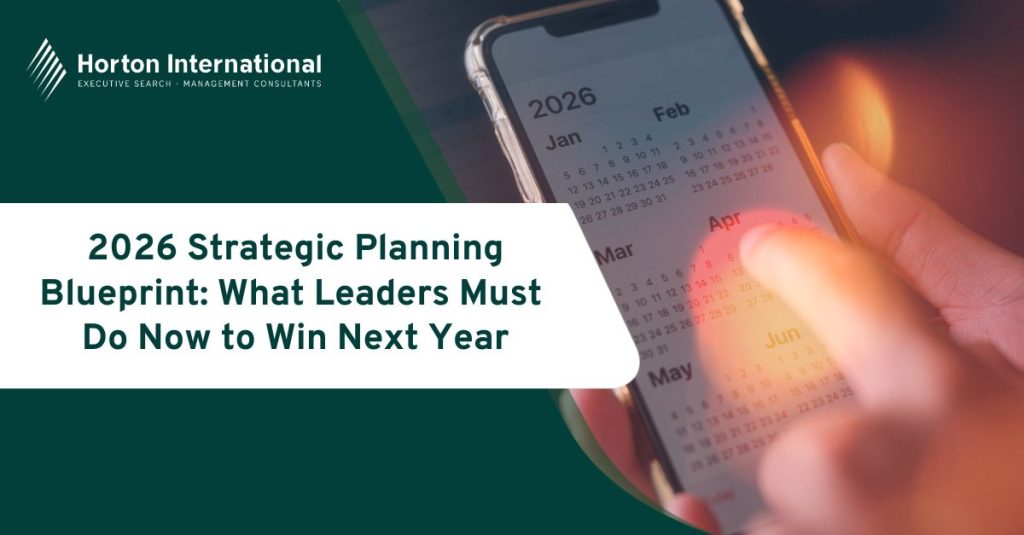In recent years, artificial intelligence (AI) has rapidly reshaped many industries, and recruitment is no exception. From automating repetitive tasks to enhancing candidate matching, AI is often hailed as the future of hiring. But as companies embrace these technologies, a key question arises: how do we maintain the human side of recruitment in a world increasingly driven by algorithms?
The Promise of AI in Recruitment
AI brings undeniable benefits to the hiring process:
- Efficiency: AI can screen thousands of resumes in seconds, saving recruiters countless hours.
- Consistency: Algorithms follow set criteria, helping reduce bias caused by human fatigue or subconscious preferences.
- Predictive Analytics: AI tools can analyze past hiring data to identify traits of successful employees, potentially improving hiring outcomes.
- Candidate Experience: Chatbots and automated scheduling tools make the application process faster and smoother.
In short, AI helps recruiters focus less on administrative tasks and more on strategic decisions.
The Risks of Over-Reliance
However, leaning too heavily on AI has its drawbacks:
- Hidden Bias: If AI is trained on historical hiring data that contains bias, it can inadvertently replicate and even amplify those biases.
- Loss of Nuance: Algorithms may overlook unconventional career paths or soft skills that don’t neatly fit into predefined boxes.
- Impersonal Processes: Candidates may feel like they’re interacting with machines rather than people — not ideal when companies are trying to attract top talent.
- Transparency Concerns: AI-based decisions are sometimes hard to explain, leaving both candidates and recruiters in the dark about why certain choices were made.
The Importance of the Human Touch
Recruitment, at its core, is about people. While AI can inform decisions, it shouldn’t replace the empathy, intuition, and relationship-building that only humans can offer.
Great recruiters read between the lines of a resume. They notice how a candidate lights up when talking about a project, or how they handle tough questions. These subtleties — often critical to cultural fit and long-term success — are beyond the grasp of most AI systems.
Moreover, candidates want to feel seen and heard. A thoughtful conversation with a recruiter can leave a stronger impression than the most advanced algorithm ever could.
A Balanced Approach
So how do we strike the right balance?
- Use AI as an Assistant, Not a Replacement: Let AI handle the heavy lifting — sourcing, scheduling, initial screening — but keep humans in the loop for key decisions.
- Audit Your Tools: Regularly check for bias in AI systems. Diverse training data and transparent algorithms help ensure fairness.
- Prioritize the Candidate Experience: Blend automation with personal touchpoints, such as timely human follow-ups or personalized messages.
- Train Recruiters in AI Literacy: Understanding how these tools work helps recruiters use them effectively — and ethically.
Conclusion
AI has the potential to transform recruitment for the better, making processes faster, fairer, and more data-driven. But the best results come when technology enhances — rather than replaces — human judgment. By keeping empathy and connection at the heart of hiring, recruiters can ensure they’re not just filling roles but building teams and cultures that thrive.
Download here: Balancing AI and the Human Touch in Recruitment Finding the Right Fit
